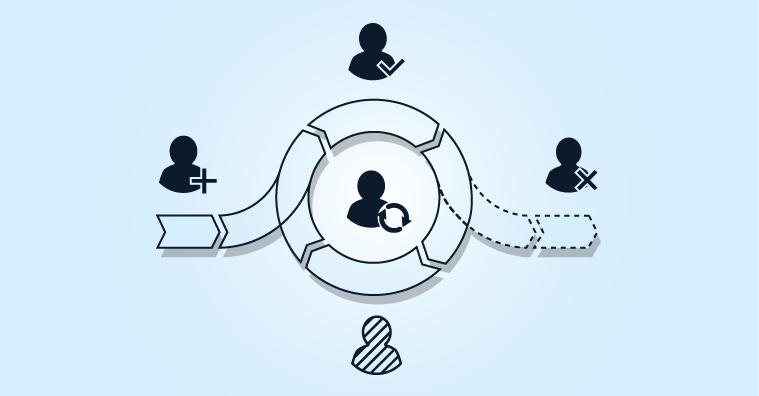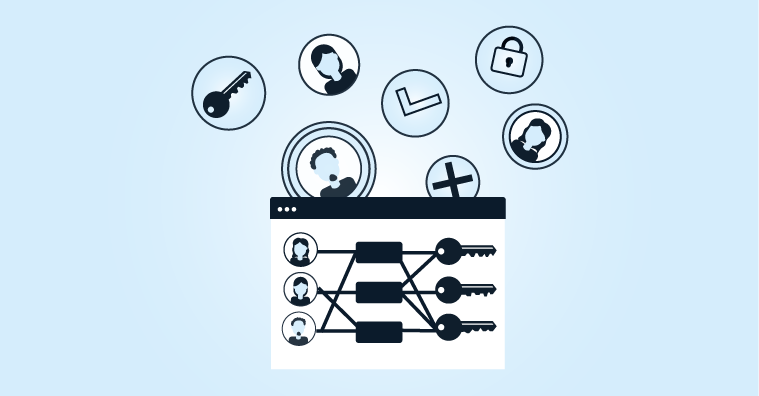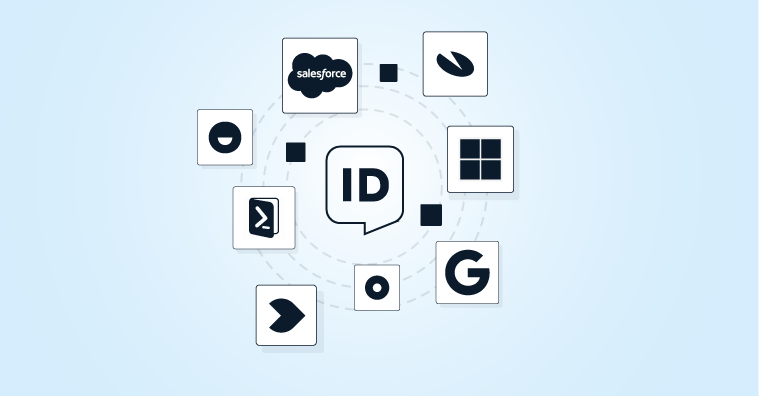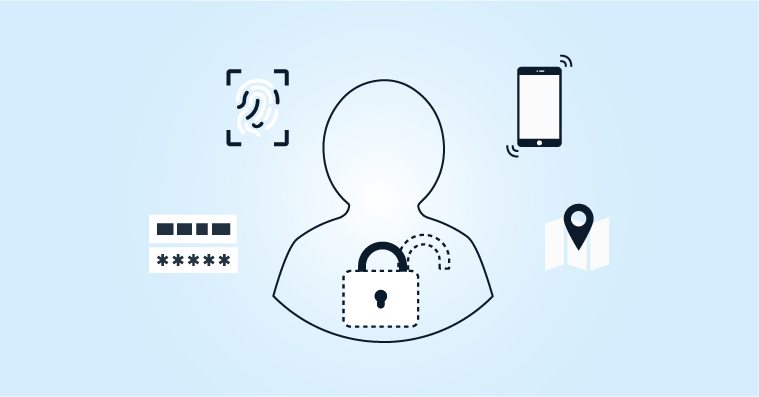USE CASE
Enhancing Operational Efficiency
Achieve efficient business operations through centralised, uniform and automated management of user accounts and access rights.

How to Ensure Access Management Does Not Impede Business Operations?
Digital transformation is a top priority for many organisations. Beyond using general software suites such as MS Office, they often rely on specialised, sophisticated solutions such as EPD and planning systems for specific business functions. These point solutions typically feature unique account structures and methods of access. Managing these systems independently can be a barrier to optimising operational processes.
Centralised and Role-Based Account and Access Management
HelloID manages the issuance, management and utilisation of all user accounts and access rights for all applications from a single location. This streamlined method of account and access control enhances operational efficiency, granting users consistent, easy and quick access to their applications and data.
Automated account issuance and access rights management
- New users can start working right away. Based on an individual’s role, account and access rights are instantly granted for the relevant applications and data.
- No delays upon role or schedule changes. Access rights are automatically adjusted according to a person’s new role.
- No more manual IT work for access management. Automated processes for account management, including the removal of accounts upon employment termination.
- Changes in business operations – such as roles, responsibilities, rights, etc. – can be quickly processed in the permissions structure.
- Account creation and management of access rights for special user groups (such as temporary workers, clients, etc.) can be done without manual steps.
- Insightful account and access monitoring. Easy tracking of issued accounts and rights, particularly useful for audits.
- Cost-effective license management. Easy tracking and timely deactivation of inactive accounts help manage license costs.
Efficient user request processing
- Simplified management features lessen the demand for highly experienced support personnel.
- Managers can independently assign additional access rights to users online.
- Self-service facilities for end-users, including online approval workflows.
- Transparent insight into accounts and access rights, including information about the applicant and the person who reviewed the request.
Simple and uniform access for end-users
- Users only need to authenticate once to access various applications and data.
- Additional verification methods, such as Multi-Factor Authentication, only need to be performed once.
- After gaining access, users can easily open their applications and data shares.
- Not just for regular employees, but also for other user groups such as contractors, clients or partners.
- Access attempts to systems and data are centrally logged and can be quickly analysed for reporting and audits.
Features
How We Implement Efficient Account and Access Management
7 steps that can each be configured using low-code or no-code solutions
- Source system: Integration of HelloID with source systems such as HR, SIS and/or scheduling systems. This way, changes in the source data are automatically available in HelloID.
- Business rules: Conversion of data about people/roles from source systems to a common representation within HelloID using an ‘identity vault’.
- Target systems: Determining rules that determine which roles are granted which types of accounts and access rights, and under what conditions.
- Service processes: Linking HelloID to on-premises and/or cloud-based applications. This can be executed step by step per application.
- Serviceprocessen: Automating processes, including online approval flows and activation in target systems. This can be carried out step by step for each process.
- Access management: Set up access procedures, such as Single Sign-On (SSO) and Multi-Factor Authentication (MFA), in conjunction with — for example — Active Directory.
- Reporting and auditing: Configuring standard and client-specific reports and monitoring functions for analysis and audits.
Frequently Asked Questions
HelloID centralises the issuance, management and usage of all user accounts and access rights for all applications. This means new users gain immediate access based on their role, while changes in roles are processed automatically, and no manual IT work is required for access management. This automation eliminates many routine tasks, leading to an overall more efficient business operation.
HelloID provides automated management of licensing rights. As a result, inactive users are automatically deactivated, which helps optimise license costs and prevents unnecessary expenses.
Shift left is the concept where we push service tasks ‘down the line’ to less specialised IT support staff, team managers or even end-users where possible. This allows more specialised IT staff to focus on other tasks. A modern IAM platform such as HelloID with its Service Automation feature not only simplifies the service processes for IT staff, but also provides a user-friendly management portal for managers and a self-service portal for end-users.
A source system is a business application that manages original identity-related information based on which the IAM system can create user accounts. For instance, the HR department registers the personal data of employees and their agreed role within the organisation in the HR system. Based on this HR source information, HelloID creates a user account for this person, including the necessary rights for their role.
Following the creation of a personal user account and the corresponding rights within HelloID, these details must also be processed in the applications that the user will work with. We call these target systems. If HelloID has created an account for someone and that person is entitled to access, for example, a planning system, then we call that planning system a HelloID target system. HelloID has a large library with standard connections to various target systems.






